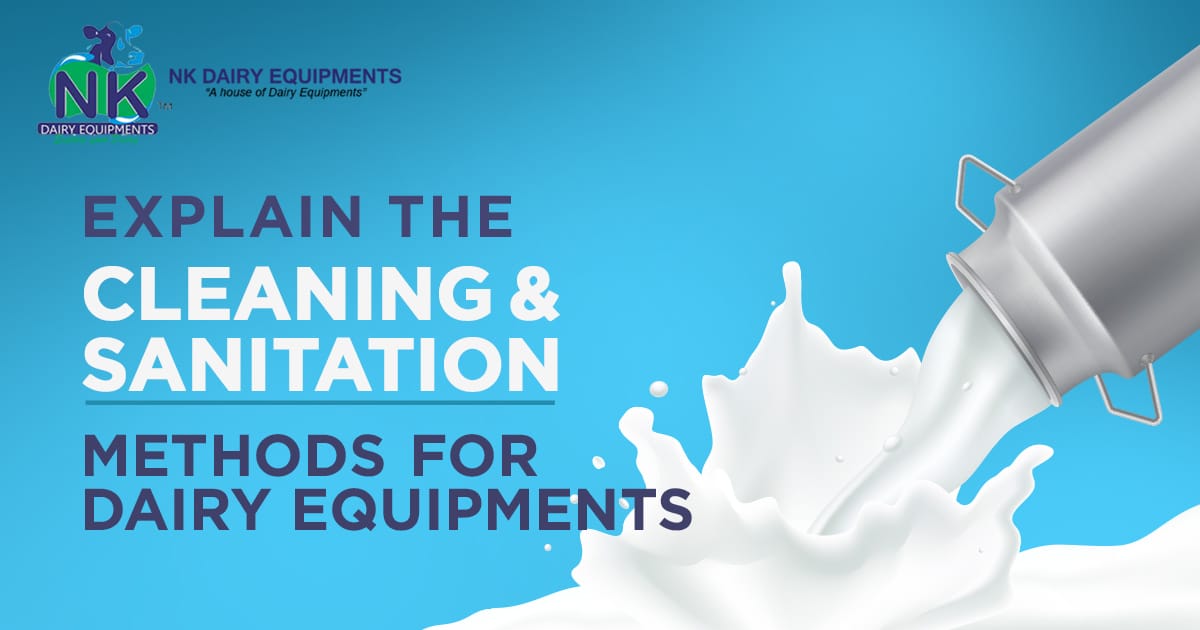Let’s start with the introduction.
How do I clean milking appliances?
As we stated above, cleaning milk processes is an essential part of the manufacturing of milk. The milk obtained by the cooperatives is transferred via several tanks, such that both bacterial and soil pollutants are extremely susceptible. The same refers to production and processing. Milk machinery manufacturers, therefore, recommend that dairy equipment is regularly cleaned.
Objectives of cleaning
The cleaning of milk machinery involves four degrees:
-
Cleaning physical
-
Cleaning of chemicals
-
Cleaning of bacteriology
-
Cleaning of steriles
The manufacturing machinery is then subject to chemical cleaning and instead to the disinfecting process as cleaning methods are meant to accomplish both bacteriological and chemical cleaning along with the physical and sterile cleaning.
There are types of contaminants that must be removed from the milk machines.
Dirt: Dirt in dairy products is residues of milk products that settle on the base of the appliance and are subject to bacteria.
Heated surfaces: By boiling milk at or above 60 degrees, stone such as a layer composed of calcium, phosphates, fats, and proteins formed. It is usually white and switches after 8 to 9 hours to brownish color.
Cold surfaces: The next move will be cleaning after emptying a device. If not, white particles are developed at the base as well as can settle and solidify, rendering it more difficult to clean.
A specific form of milking machine cleaning brushes is used for the physical cleaning of surfaces.
The Washing Method
Some milk processing manufacturers do use the manual washing and scrubbing method of machinery. This technique is not completely successful because of the presence of dairy residues. Furthermore, the method needs time and a great deal of effort. Therefore, manufacturers of dairy machinery recommend a clean-in-place or CIP cleaning process.
Here is some CIP method of cleaning.
Recovery of Processes Residues
Residues from the processing machines need to be removed to minimize product contamination, assist in the cleaning cycle, and reduce the waste generated.
Pre Water clean.
Pre-rinsing is the second phase in the cleaning cycle which requires to be performed directly after the output. Milk fat stains of moist pre-rinsing water may be quickly washed off. But precaution is required not to reach a temperature of 55 degrees Celsius as this will allow the protein elements in the residue to coagulate.
Detergent Cleaning
If the dirt collected on hot surfaces, it is necessary to clean it with detergent for better as well as quality dairy products.
A further Cleaning Process
The equipment surfaces must be properly wiped with water after the detergent is removed in order to eliminate the detergent.
Disinfection
Equipment is mechanically, chemically, and bacterially sterile when correctly washed with acid and alkaline solutions.




